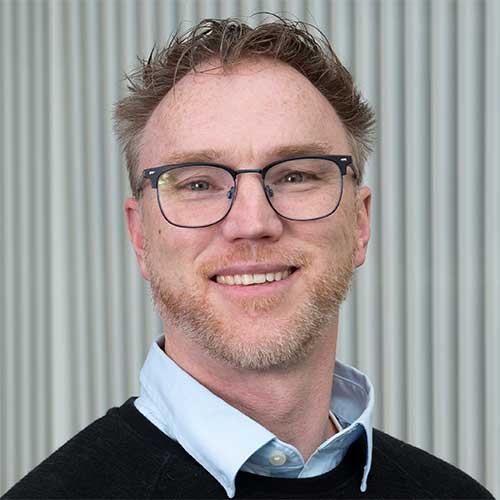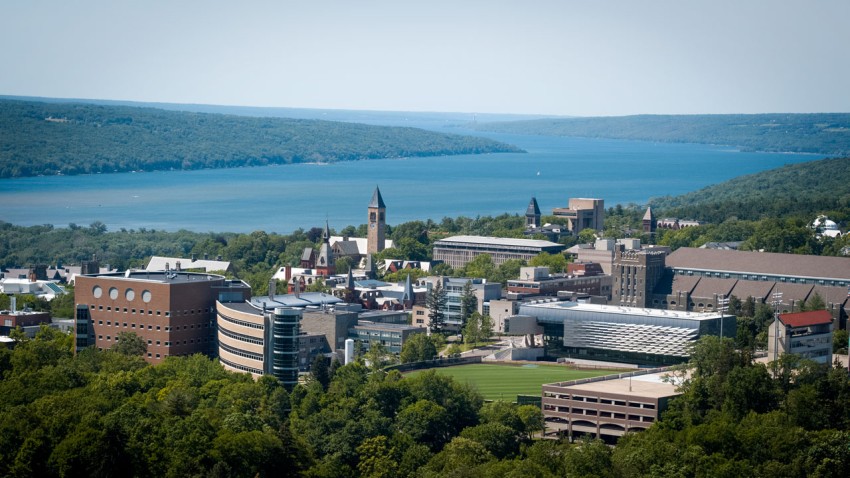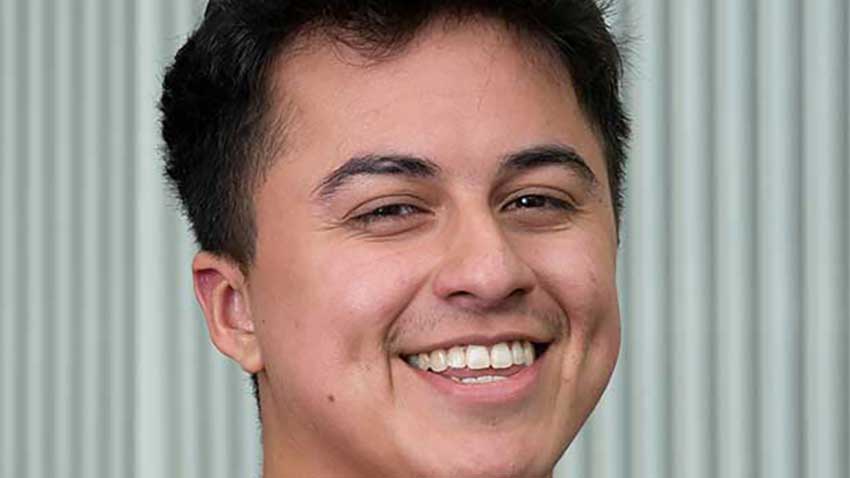Cornell hosts symposium on engineering in cardiovascular health, disease, and treatment
Cross campus symposium brings researchers, engineers and clinicians in conversation about cardiovascular disease. Read more about Cornell hosts symposium on engineering in cardiovascular health, disease, and treatment





